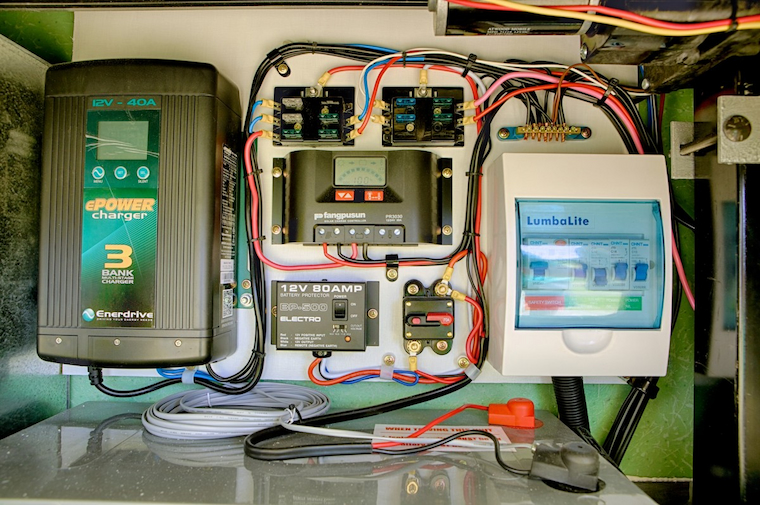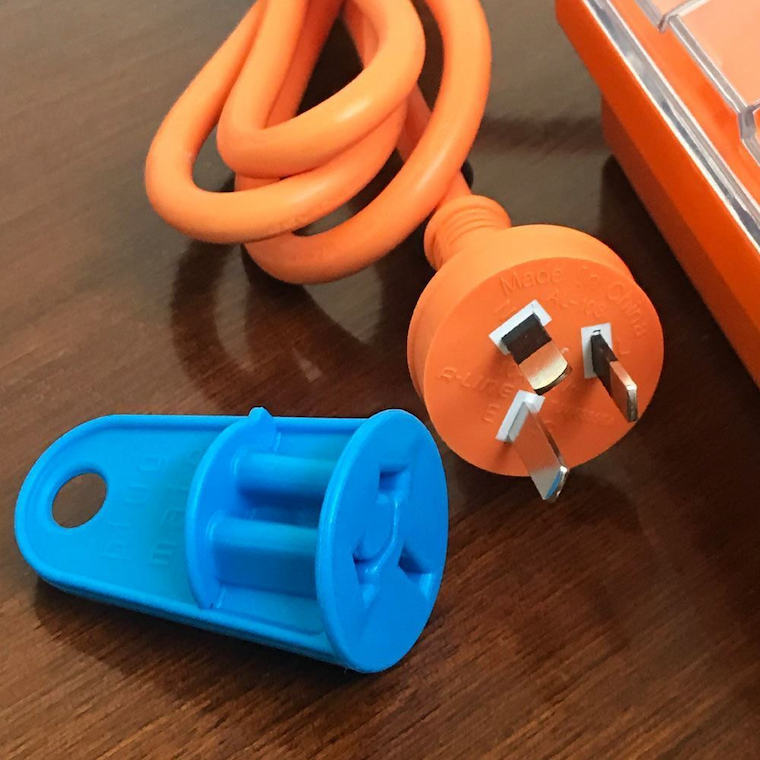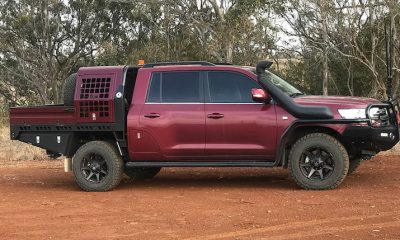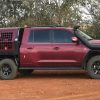Automotive
Caravan Electrics: Getting Ahead of Faults and Dealing With Potential Problems
Being confident that your RV or caravan’s electrical system is ready for the highway anytime you are means taking the time to go through it thoroughly and regularly to ensure that everything is functioning properly. It’s the system that you need to be prepared to invest the most time and effort in, because it’s all about safety.
Your electrical system is more than just light switches and solar panels, though. Everything from the reliability of your battery system, to the fault-free operation of your tail lamps is regulated by the electrical system. That’s why inspecting, and not hesitating to replace components that are on the verge of malfunctioning has to be a priority.
Fortunately, there’s no shortage of high-quality replacement parts and assemblies for RV and caravan electrical accessories. And deciding ahead of time to replace anything you find that could be problematic, is a proactive step that could prove to be crucial to your family’s safety later.
Getting Ahead of Your Caravan’s Electrical Faults

source: diycaravans.com.au
Let’s be honest: although the last decade has seen tremendous progress made in their safety and reliability as a whole, it just makes good sense to always inspect your RV or caravan electrics before you hit the highway. And this is especially true if your vehicle’s second-hand, if any of the factory electrics have been modified, or it’s been in storage for an extended length of time.
It’s important to remember that in spite of their small scale, the electrical ecosystems in RVs and caravans can be complex. They’re balanced 12-24V deep cell DC environments that are designed to accept power from solar, or 230-240V AC sources, and there are a variety of factors that can dangerously upset that balance, including:
- Unsuitably grounded fixtures, switches, or accessories;
- Overloaded, or insufficiently rated circuits;
- Loose, or improperly terminated connections;
- Wire corrosion damage from water or dirt ingress; and,
- Damage from pests or rodents chewing through wiring.
Make no mistake: any type of RV or caravan electrical system malfunction can lead to a catastrophic fire. That’s why if you own one of the more than 770,000 RVs and caravans registered in Australia, and you’re experiencing any kind of electrical problems, you need to identify and isolate the source of the fault as quickly as possible. And in particular, that means replacing any improperly rated or damaged GPOs or power points in the system.
Understanding How to Deal with GPO and Power Point Problems

source: snowys.com.au
Faulty, and insufficiently rated GPOs and power points are among the most prevalent RV and caravan power problems. And not surprisingly, that’s because they’re common modifications that are easy to install incorrectly, and even easier to overload afterwards.
This is especially true with older, and hybridized electrical systems in second-hand vehicles, where a host of GPO and power point problems can arise from:
- The misuse/mixed use of 10A (residential) and 15A (caravan) power points;
- The use of incorrect gauge wiring and plugs; and,
- Placing too much of a current draw on any single circuit.
If you’re experiencing a GPO problem with a 12V connection and are able to localize and remedy it, you need to do it immediately. If it’s a 230-240V connection though, in accordance with Australian/New Zealand (AS/NZS) 3000 compliance, you need to have a licensed sparky look at it. Even the troubleshooting needs to be performed by a qualified technician.
Once the fault’s been isolated, however, you can’t afford to rely on incorrect, or non-standardized electric parts. That’s why it’s so important to feel confident about being able to source your own RV and caravan electrical accessories and parts, including GPOs, from top quality Australian manufacturers who understand the importance of making sure that every installation is done correctly.
Get the Proper Replacements for Overloaded GPOs
In Australia, all GPOs and power points used in RVs and caravans are required to have a double pole switch that disengages both the Active and Neutral lines. This is an AS/NZS3001 compliance requirement for all transportable buildings that are designed to prevent electric shocks in the event of a GPO malfunction, and it also applies to RV and caravan electric equipment systems.
Surface mounted, 10A / 250V power points that are designed specifically for use as RV and caravan electrical parts, are among the most rigidly manufactured power receptacles in the world, with features that include:
- Single-, dual-, and quad-outlet configurations;
- Impact resistant faceplates and bodies;
- Brass contacts and terminal screws;
- A choice of horizontal or vertical orientation; and,
- Standard compatibility with Clipsal 2000 Series switches.
In short, SAA-141005 conforming GPOs and power points are the ones you need to prevent risky overloading and overheating that could have tragic consequences.
Safe, Portable 10A/15A Power Conversion You Can Trust
Depending on the state of your vehicle’s wiring, you may find that the safest way to draw power for caravan or RV accessories from a 10A power source is by using a standalone power converter. With both 10A and 15A receptacles, power converters allow you to avoid using your vehicle’s GPOs to draw power from 230-240V sources, and to safely limit the current your 15A accessories are able to draw when they’re plugged into it.
AS/NZS3190 compliant power converters are designed to automatically interrupt the flow of current if they detect your RV or caravan electrical supplies are moving toward an overload situation, and they boast features that include:
- Built-in RCD – 10A circuit breaker protection from overloads and earth leakage;
- Maximum draw of 2400W @ 10A; and,
- Manual reset, and safety test switches.
An SAA-122512 conforming converter that’s certified safe for Australian plugs is the ideal choice when you need RV and caravan power supplies that you can trust, and can deliver years of reliable service with monthly testing.
The Final Word
At the end of the day, it’s crucial to remember that there aren’t any shortcuts when it comes to your vehicle’s electric system. Every component is designed to operate with a specific tolerance, and the consequences can be irreversible whenever those tolerances are exceeded.
Faults can occur at any time; that’s why you want to inspect your RV or caravan electrics frequently, inside and out, and make sure to use only the proper parts when a fixture needs replacing. It’s a matter of safety, and you’ll start every trip knowing that your vehicle’s completely roadworthy.











